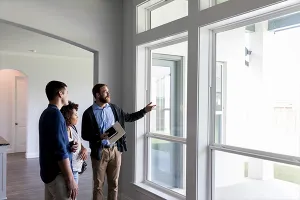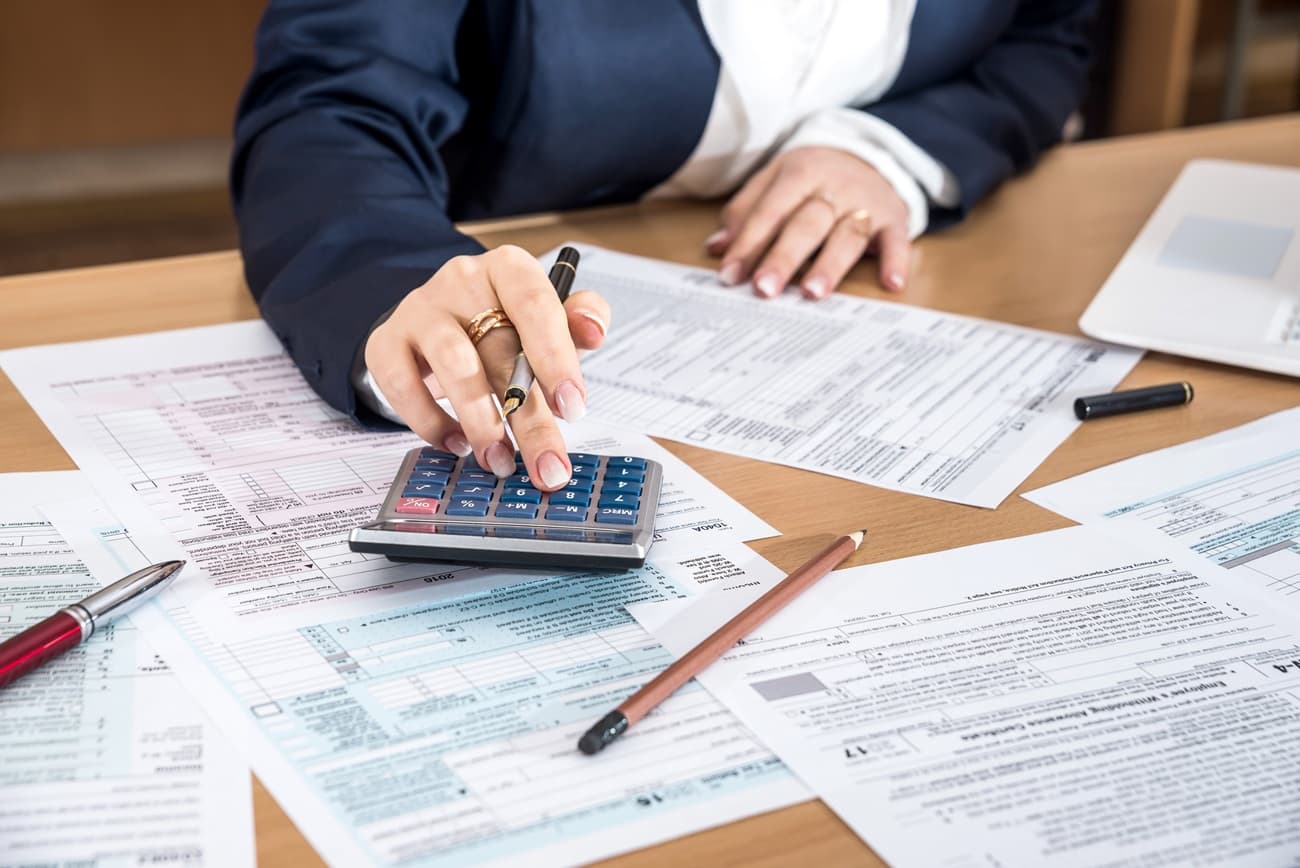Downloadpdf (PDF: 216 KB)
Homeowners are facing a looming tax penalty simply for staying in their homes too long. The federal capital gains exclusion—capped at $250K for single filers and $500K for married couples—has never been adjusted for inflation. These outdated thresholds are already distorting the housing market and locking up inventory, and it is getting worse every year.
New research reveals the urgent need to modernize the federal capital gains exclusion for the sale of a primary residence—an outdated policy that’s increasingly locking up the housing market and discouraging mobility.
NAR commissioned new studies1 that find:
- 34% of homeowners today (29M) could already exceed the $250K capital gains exclusion cap for single filers.
- 10% (8M) have potential gains above the $500K threshold for married couples filing jointly.
- By 2030, 56% of homeowners (47M) are projected to potentially exceed the $250K threshold—and nearly 23% (20M) could surpass $500K.
- By 2035, nearly 70% (59M) of homeowners could be over $250K in equity and 38% over the $500K cap.
- 8 states could have more than 40% of owners above the $500K cap by 2030. 20 states by 2035.
The result? A "stay-put penalty" that freezes inventory.
Seniors in appreciating markets—those who’ve contributed decades to their neighborhoods—often can’t afford to sell because they’d be hit with unexpected tax bills simply for building equity over time. Many delay downsizing or relocating because they fear both the tax and the cost of buying again.
This is stifling market turnover, squeezing supply, and driving up prices for younger buyers.
The Fix: NAR Supports the More Homes on the Market Act
The bipartisan legislation would:
• Double the capital gains exclusion to $500K for individuals and $1M for married couples
• Adjust the thresholds close to where they would be if indexed to inflation since 1997
• Help unlock millions of homes for move-up buyers and first-time purchasers alike
Building equity shouldn’t come with a penalty—it should come with opportunity.
FAQs: Why should Congress update the capital gains tax exclusion for the sale of homes?
- U.S. tax law provides what was once a generous capital gains exclusion on the sale of a principal residence. Since 1997, this amount has been $250K for singles and $500K for those filing jointly.
- Over the past 28 years, home price inflation has eroded the value of these exemptions, especially for older homeowners who have lived in their home for 20 years or more.
- At a time when many of these homeowners are considering downsizing or moving to a retirement facility, more and more are facing gains well in excess of the exclusions, which can leave them owing many thousands of dollars in taxes and reduce their ability to afford a new home.
- When an older homeowner decides not to sell, it limits the number of homes on the market, causing first-time home buyers to face higher prices and more competition.
- Increasing the exclusion and indexing it for future inflation removes this disincentive for homeowners to sell, unlocking a segment of inventory previously unavailable to prospective buyers.
Studies:
1Locked-in Households: The Effects of Outdated Capital Gains Exclusion Limits on Homeowners and Housing Inventory, February 2025, by Rosen Consulting Group
1The Decline of the Capital Gains Tax Exclusion for Housing, February 2025, by Andrew Hanson, Ph.D., University of Illinois Chicago











